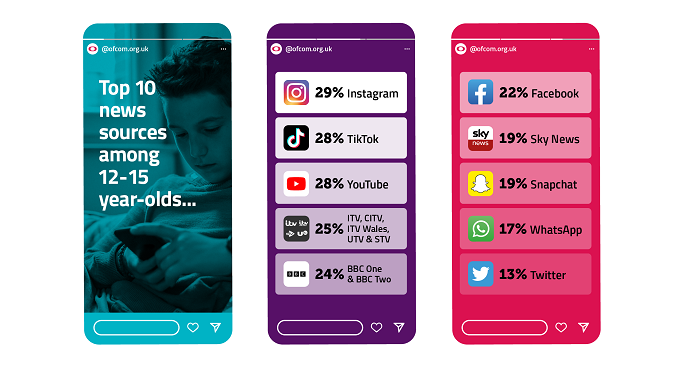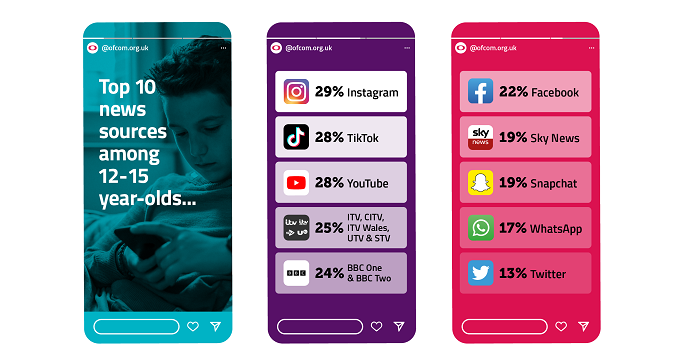TikTok’s meteoric rise is both undeniable and unprecedented, sparking whole new trends in content consumption that have flowed onto virtually every other form of media in some capacity.
And new reports show that TikTok’s influence may be extending well beyond entertainment alone, with younger users in particular now increasingly relying on the app for search and discovery, and for keeping in touch with news content.
Which, given TikTok’s long-speculated links to the Chinese Government, could be a cause for some concern.
In regards to search, earlier this week, as part of a panel discussion at Fortune’s ‘Brainstorm Tech 2022’ event, Google’s Senior Vice President Prabhakar Raghavan, noted that younger users were now often turning to Instagram and TikTok, instead of Google’s apps, for discovery purposes.
As per Raghavan:
“In our studies, something like almost 40% of young people, when they’re looking for a place for lunch, they don’t go to Google Maps or Search, they go to TikTok or Instagram.”
That’s not overly surprising, given the ubiquity of these apps, and their popularity among younger audiences. But it is interesting to see TikTok mentioned specifically as a key platform for search, which is not a usage behavior that most would instinctively attribute to the app.
Worth noting, too, that Instagram launched new business listing tools within its Map element this week, leaning further into this trend.
In terms of news content, Britain’s Office of Communications (Ofcom) this week published a new report which shows that TikTok is now the fastest growing news source for UK adults.
In addition to this, Ofcom’s annual report also showed that, for teenagers aged 12-15, Instagram is now the most popular news platform, followed closely by TikTok and YouTube.

So it’s not just entertainment, but TikTok is increasingly becoming the app for everything – which, again, makes sense, given the amount of time youngsters spend scrolling through their ‘For You’ feeds. But it could set off alarm bells among regulatory groups, which are already assessing TikTok’s broader impact.
Indeed, earlier this month, an FCC Commissioner in the US called on both Apple and Google to ban TikTok from their app stores, due to concerns that the app could be used as a surveillance tool by the Chinese Government.
TikTok was also recently forced to suspend a planned change to its privacy policy relating to the use of personal data for targeted advertising, amid questions over whether the change is legal under EU provisions, while a newly published investigation by Australian cybersecurity company Internet 2.0, has suggested that TikTok collects “excessive” amounts of user data, prompting even more scrutiny.
Add to this the fact that China continues to advance its global agenda, despite objections from other nations, and there is a level of simmering tension, which clouds the app’s future growth prospects.
Within this context, the fact that more people are using TikTok to stay in touch with the latest news seems like a potential concern, and could prompt even more action in assessing the platform.
In a more practical sense, right now, these new studies underline the rising importance of TikTok as a connective tool in various ways, which could see more businesses make it a focus in the upcoming holiday period. More people are using it to find products, and with that in mind, it should be on your radar as a potential connective tool for your promotions.
But further than that, some may have hesitations about building any real reliance on the app.
TikTok has continued to distance itself from its Chinese parent company, and it is looking to implement even more measures in this respect.
But if you were ever wondering why Meta keeps copying it – along with every other social app – these new reports shine additional light on the steadily expanding TikTok effect.



